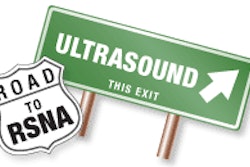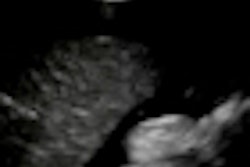While ultrasound tracking of HCC is performed throughout the world, there is a dichotomy of practice in the U.S., with CT or MRI also being utilized. The radiological community has not widely embraced the use of ultrasound, even though the American Association for the Study of Liver Diseases (AASLD) has recommended the modality for HCC surveillance, said presenter Dr. Korosh Khalili.
The larger body habitus of American patients has been cited as a reason for not using ultrasound, Khalili said. Even at their own institution, however, the researchers had observed that some tumors had been missed by ultrasound or picked up at a noncurable stage.
As a result, the researchers sought to perform a study to determine the failure rate of ultrasound surveillance and attempt to identify causes for failure.
"Our hypothesis was that patient-related factors (such as ethnicity, body habitus), disease-related factors (cause of liver disease, presence of cirrhosis), tumor-related factors (location or growth pattern of tumor), or surveillance-related factors (such as frequency of surveillance) may relate to failure of ultrasound surveillance," according to Khalili. "We therefore systematically identified patients undergoing surveillance by ultrasound at our center who were found to have an HCC, whether or not it was detected by ultrasound."
Final data analysis is still being performed and will be presented by Khalili at the meeting.



















